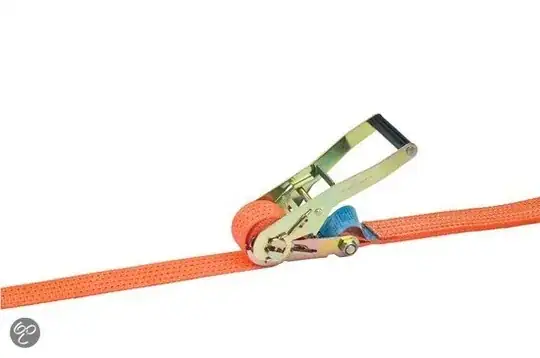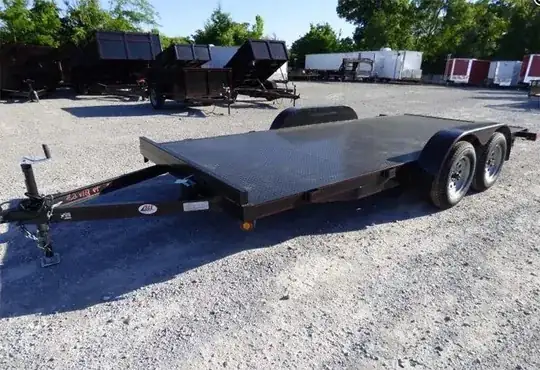You have to place things so, that the centre of gravity as low as possible, and in the middle of the trailer.(above the axles, but somewhat closer to the car) Try to place things close to each other. The trailer won't rock up and down as much then wile driving over bumps, and it won't tilt as much when cornering. It improves the driveability, and makes for easy manual movement of the trailer when detached from the car. Also, it minimses the burden on the drawbar, which is often mainly designed for only pulling the trailer.
Try to do this while maintaining a nose weight of 50-80kg. Too little, or even negative nose weight makes the trailer try to lift up your car's rear end when going over bumps. You can watch YouTube videos about the kind of accidents happening when you do that. Too much nose weight also compromises stability, but it's alway better than too little.
To secure your burden, make use of the lash showed below. When securing a non-flexible load, put something flexible but tough atop, between the lash and the load. Something like a car tyre. This creates a securing that always keeps tension. Lastly, put a net or a tarpualin over the load. You won't lose any parts that may come loose.


